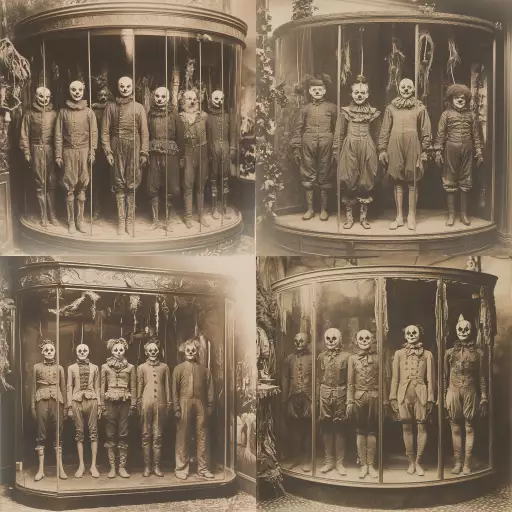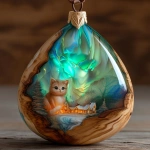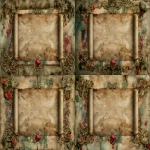Explore the Best AI Image Gallery

The New Palette: How AI-Generated Visual Content is Transforming Creativity
The realm of creativity has always been a playground for innovation, constantly evolving with new tools and techniques. Recently, artificial intelligence (AI) has emerged as a powerful force, particularly in the domain of visual content generation. This transformative technology is changing the way we create, consume, and interact with art, design, and media.
A New Era of Artistic Expression
AI-powered tools can now generate stunning images, videos, and even 3D models from text prompts or existing datasets. This opens up a world of possibilities for artists, designers, and anyone with a creative spark. Imagine being able to visualize your ideas instantly, experiment with different styles and aesthetics effortlessly, or create personalized content tailored to specific needs.
Potential Applications Across Industries
- Art & Design: AI can assist in generating concept art, designing logos and branding materials, creating unique illustrations, and even composing musical pieces.
- Marketing & Advertising: Personalized marketing campaigns, dynamic ad creatives that adapt to user preferences, and engaging visual content for social media platforms.
- Film & Entertainment: AI can help create realistic special effects, generate background scenes, and even assist in developing character designs.
- Education & Training: Immersive learning experiences, interactive simulations, and personalized educational content tailored to individual learning styles.
Navigating the Ethical Landscape
While the potential benefits of AI-generated visual content are immense, its crucial to address the ethical considerations that accompany this technology:
- Copyright & Ownership: Who owns the copyright to AI-generated content? The creator of the prompt, the developer of the AI tool, or the AI itself? This is a complex legal question with ongoing debate.
- Bias & Representation: AI algorithms are trained on existing data, which can reflect societal biases. Its essential to ensure that AI-generated content does not perpetuate harmful stereotypes or discrimination.
- Job Displacement: As AI becomes more capable, there are concerns about its potential impact on jobs in creative fields.
- Authenticity & Trust: The increasing use of AI-generated content raises questions about authenticity and the trustworthiness of visual information. Its important to develop methods for identifying and labeling AI-created content.
Future Trends Shaping the Landscape
The field of AI-generated visual content is rapidly evolving, with several exciting trends on the horizon:
- More sophisticated algorithms: AI models will become even more capable of understanding complex creative concepts and generating highly realistic and nuanced visuals.
- Increased accessibility: User-friendly AI tools will empower individuals without technical expertise to create their own visual content.
- Integration with other technologies: AI-generated visuals will be seamlessly integrated with virtual reality (VR), augmented reality (AR), and the metaverse, creating immersive and interactive experiences.
- Ethical frameworks and regulations: As AIs role in creative industries expands, it will be crucial to establish ethical guidelines and regulations to ensure responsible development and use.
The emergence of AI-generated visual content marks a profound shift in the creative landscape. It presents both exciting opportunities and complex challenges. By embracing innovation while addressing ethical considerations, we can harness the power of AI to unlock new realms of artistic expression, foster collaboration, and shape a future where creativity knows no bounds.







](https://images.ai-img.art/thumbnails/150/efd8a9ad06ef2c72e3378698ad5e592d3d2bf8eff85c25e75db7c9902c7be353.webp)
](https://images.ai-img.art/thumbnails/150/7599c9e7507c77a975081d554947c9dea123e678a7ece42d30f571f639620598.webp)
](https://images.ai-img.art/thumbnails/150/031692dcf8fbf869092e8cea50f9411a45dadc1f189ea67b8dece8e02952a7e3.webp)


